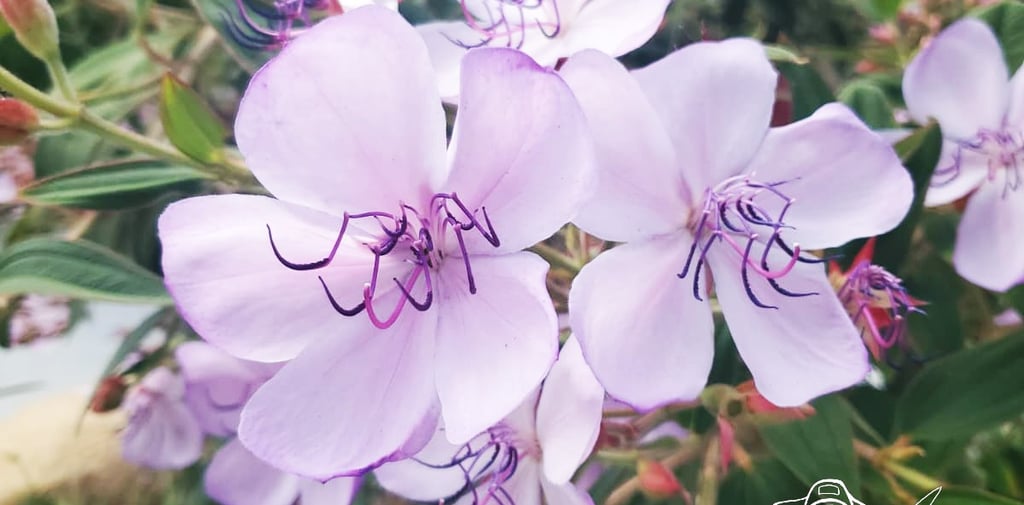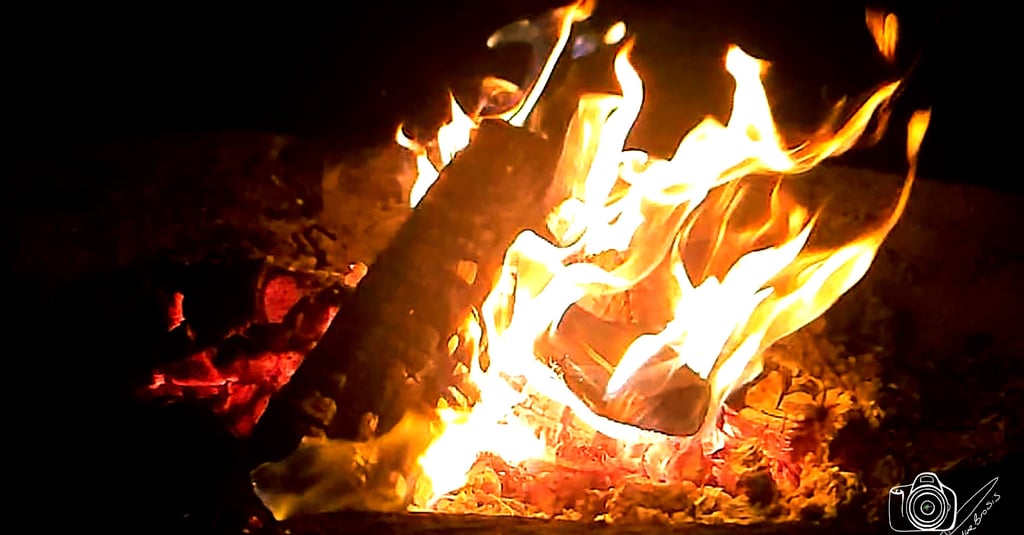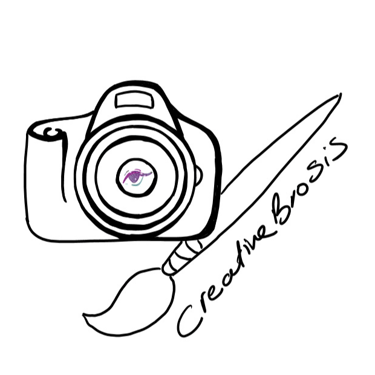How to Start a Creative Hobby Now (Before You Regret Waiting)
Dhruvini
10/20/2025


Choosing a creative career can feel like a gamble. We all need to sustain ourselves by choosing a path that we, and the world around us, see as stable. So, you probably locked that desire in your heart and kept pushing forward. Yet small bubbles still rise up whenever you see other people’s amazing work, and you put on a fake smile, pretending you’re happy for them while quietly aching inside. Sometimes the best way is to admit that you may envy them, because they’ve done something you’ve always longed for. But here’s the best part. Even if you’re in your mid-50s, it’s still not too late to fulfill that dream. We only get one life, and we’d better make the most of it.
Understanding why did you give up?
Do you remember the moment when you felt so completely shut out that you no longer wanted to pursue your creative desires? For some, it’s a blurry memory, buried deep as a coping mechanism to avoid facing reality. For others, it’s a vivid curse, a constant reminder of what they lost. For me, it was an accumulation of voices telling me I could never earn a stable income if I chose the art route. Another crushing blow was the mindset of “do it my way, or you’ll be punished.” Art is subjective, yet in high school, it felt suffocating. I loved painting leaves with a blue tint, a touch of abstract freedom. But instead, I was told it was “wrong,” slapped with a B grade because leaves were supposed to be green. Do you see it now? The system destroyed your creativity, forcing you to think in a rigid, linear way, just like everyone else.
What if the real battle isn’t your goals at all, but your mindset. Before, during, and even after you achieve them?
Ever wonder why so many self-help books focus on mindset and so little on just “getting the work done”? They must be onto something. In clinical trials for new drugs, half of the participants are given a sugar pill and they’re never certain about it. But what if they were told they were getting the real treatment, when in fact it was only a sugar pill. That’s where we see the true power of the mind: what they believe starts to become reality. The stronger their belief in the treatment, the faster their recovery. Knowing this, how will you choose to overcome your own mindset blocks?
Journaling one of the most powerful tool
At this point, you may feel weighed down by years of procrastination. Starting to journal might seem like digging deeper into a hole, and imagining a completely new version of yourself may feel unrealistic. But we can still shift the narrative and be true to ourselves by changing our perception. Begin by writing about yourself in a more positive way. Bring empathy to your mistakes. You don’t need to blame the world around but accept your human. It’s natural to seek approval from others. Ask yourself: What can I do right now to avoid repeating the same mistakes?
Just five minutes of journaling each day. Rewriting the highlights of regrets and mistakes, can help you accept reality while also building resilience, growth, and learning. Over time, you will gradually shift from regret toward greater satisfaction.
Form Mindset to Creative Journey.
You are beginning to accept your regrets and mistakes, and the burden on your heart feels lighter. But where do you go from here? You’ve wanted to be creative, yet it’s been so long that you feel a bit lost. This is the right time to determine your WHY.
Why do you want to begin a creative journey? Is it because you’re passionate about music? Go deeper. Is it the joy of seeing smiles at a music event, or the sense of relief you feel while creating? Journal about your WHY.
If you can’t remember, think back to childhood moments when you enjoyed creating. When did you felt that spark of internal drive. That drive is still within you, waiting to be remembered.
Actions will always beat planning.
You’ve found your WHY? Maybe its saved as your desktop reminder so you won’t forget again. Now you start planning what to do, but remember: planning alone won’t bring results. Planning is a useful framework, yet your future is dynamic, not rigid. Most likely, your old plans will change as you gain more experience. Instead, ask yourself these simple questions:


1. What skill do you want to master — e.g. Art.
2. Get specific — the more specific, the better eg Is it abstract or realism? Simple or detailed? Is it wildlife, architecture, or human expression?
3. What time of day can you dedicate at least 15 minutes every day without interruptions, even on weekends?
4. What are your long-term goals related to these skills — opening your own art shop, attracting collectors, or showing work at a local museum?
5. What is the deadline for your overall plan? Whatever time you think, expect the real timeline to be about three times longer. That’s okay. Your art shop isn’t your true drive. Your WHY is.
A teacher once divided a class into two groups. The first group was graded solely on the number of photos produced. The second was graded on just one perfect photo. Which group produced better results? The quantity group. By practicing daily, learning from trial and error, and receiving peer feedback, they achieved higher quality than the group that only planned.
This shows why doing is always better than only planning. Trust the process. If you need to learn video editing or other skills, the process will revealed at the right time. Right now, focus on building and enhancing your creative skills.
Why does having a creative outlet make you more mindful?
An individual cannot separate their core values depending on the environment. If someone is kind, they will be kind at work, at home, and anywhere else. If someone is selfish, it will show no matter how much they smile in front of their boss.
In the same way, if you are creative at home, you begin to carry that out-of-the-box thinking into other parts of your life. But here’s the key: to create, you must be present. Creativity invites you into the moment, inducing a state of flow where time disappears.
It sparks exploration and curiosity, helping you become a more open, non-judgmental observer. It also reduces fear responses, giving you a calmer, clearer state of mind.
And this isn’t just about being an artist. Everyone needs to create. Creativity brings a sense of presence. Knowing what you are doing, thinking, and feeling. Without getting lost in distractions or harsh self-judgment. In creating, you are not just making art. You are learning to live a life worth remembering, even in your final moments.
Reference
Kaimal, G., Ray, K., & Muniz, J. (2017). Reduction of cortisol levels and participants’ responses following art making. Art Therapy, 34(2), 74–8
https://journals.sagepub.com/doi/10.1177/0146167200264008
Bayles, D., & Orland, T. (1993). Art & fear: Observations on the perils (and rewards) of artmaking. Image Continuum Press.
Csikszentmihalyi, M. (1996). Creativity: Flow and the psychology of discovery and invention. Harper Perennial.
Kabat-Zinn, J. (1994). Wherever you go, there you are: Mindfulness meditation in everyday life. Hyperion.
Join us on our journey and discover a once in a lifetime opportunity.
Register to our News Letter
© 2025. All rights reserved.
Contact us
Social Media
For general inquiries about the services we offer .
Share feedback and stories connected to our content.
For ordering products displayed in our galleries.
